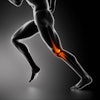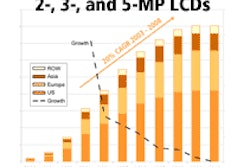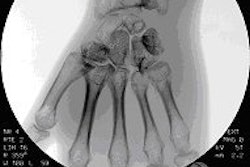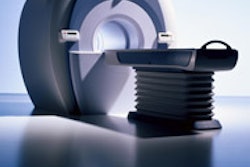Over a relatively brief time period, the medical imaging industry has seen the development of a number of different x-ray systems with varying approaches to x-ray detection. But do differences in detector technology equate to differences in diagnostic performance?
The latest answer from one group of Dutch researchers appears to be a qualified yes.
Dr. Lucia Kroft from the Leiden University Medical Center in Leiden, the Netherlands, gave an overview of her group's findings this month at the Radiological Society of North America meeting (RSNA) in Chicago.
The Leiden researchers compared eight different digital chest x-ray systems, located in six hospitals, for the detection of simulated chest pathology.
The eight systems included four flat-panel detector (FPD) systems: one selenium-based, two with cesium iodide detectors, and one with a gadolinium dioxide sulfide detector.
There were two charge-coupled device (CCD) systems -- one lens coupled, the other slot scanning. In addition, the researchers included one selenium-coated drum system and one storage-phosphor or CR system.
In her brief RSNA presentation, Kroft offered no details on the settings used for each machine. However, she said, because the researchers wanted to test the systems' performance under clinical conditions, "the system settings were set the same as in usual clinical practice for imaging patients."
That suggests the settings may have varied between systems, but were presumably optimized by the hospitals using them. More information on the settings used for each system may be revealed when the group's findings are published next year in the American Journal of Roentgenology.
An anthropomorphic chest phantom was augmented with birdseed posing as interstitial nodular lesions. Untwisted rope soaked in an iodinated contrast agent was used to simulate interstitial linear lesions, and modeling clay was used to simulate tumors.
Ten images were generated with each digital x-ray system, and each image contained from one to 12 simulated chest lesions. Soft-copy readings were performed by eight radiologists, each looking at 40 images, or half the images from each system.
The best performance was shown by the latest generation CCD system with slot-scan technology, Kroft reported, which achieved a sensitivity of 46% by detecting 132 of 288 lesions.
The performance of four other systems -- both cesium iodide FPDs, the selenium FPD, and the selenium-coated drum system -- was not different in terms of statistical significance, she said.
There was a statistically significant difference in the results from the three other systems, particularly with the CR system, which detected 25% fewer lesions than the top system (99 out of 288).
There was no significant difference in the number of false-positive readings between the systems, Kroft added.
The researchers also measured the effective skin radiation dose from each system and found that it was unrelated to system performance.
In particular, the cesium-iodide detectors achieved among the highest results with a relatively low effective dose, while the CR system detected fewer lesions at a relatively high effective dose, Kroft reported.
Therefore, "differences in detection rate are predominantly explained by detector design and not by detector dose," Kroft concluded.
Could the differences in performance reflect differences in postprocessing, asked a member of the RSNA audience.
"We didn't intend to standardize all measurements for these systems," Kroft responded. "What we wanted to do was just to look at how the images are obtained in clinical practice, and if there are differences."
But in an e-mail to AuntMinnie.com, Kroft noted that this approach is also one of the limitations of the study.
"For example," Kroft wrote, "we did not investigate, so we do not know, what the detection performance of the various systems would be with half the dose, or what the detection performance of the systems would be with double dose."
By Tracie L. Thompson
AuntMinnie.com staff writer
December 24, 2004
Related Reading
Computed radiography's (not so surprising) resilience, September 16, 2004
DR looks good in CR, film comparison study, September 19, 2003
CR versus DR -- what are the options?, July 31, 2003
DR is tolerant, but not foolproof, June 10, 2003
Chest CR outperforms screen-film catheter localization, May 26, 2003
DR permits lower chest dose than film or CR, January 30, 2003
Copyright © 2004 AuntMinnie.com



















